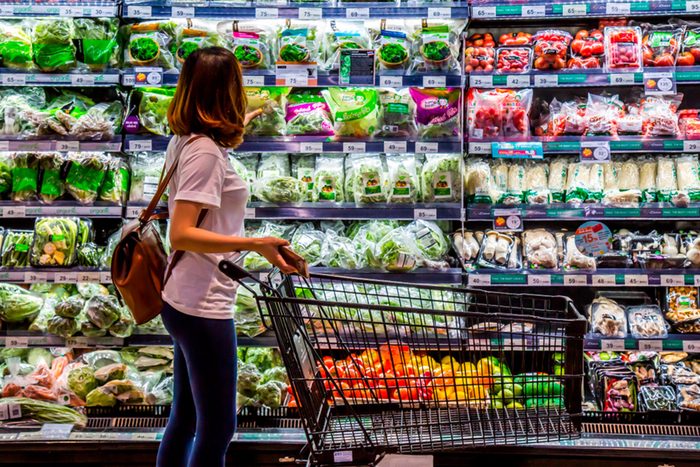
What is Whole30?
Even if you’re not completely clear on what Whole30 is, you’ve probably heard someone discuss it. This 30-day detox makes certain food groups off-limits, with the goal of resetting your energy and health and kick-starting your weight loss. The jury is still out on exactly how healthy and sustainable this diet is. Ravoof Khan, who has a bachelor of medicine degree and is a general practitioner who treats patients battling obesity, diabetes, and hypertension. Khan says that Whole30 may be effective in the short term in achieving modest weight loss. He also likes that dieters don’t have to restrict or count calories, which can be difficult for some people. Read the story of one woman who managed to lose 36 pounds on Whole30.
If you’re gung ho about giving it a try, you’re going to need to know how to navigate the grocery store with the plan’s guidelines in mind. Because the Whole30 restricts not only the usual culprits like alcohol and added sugar but also dairy, grains, and legumes, it can be tricky to piece together three meals a day from the remaining food groups. This Whole30 shopping list will help you figure out what you should eat and what to avoid—no calorie counting required. Check out these 14 pros and cons of Whole30 before you start it.
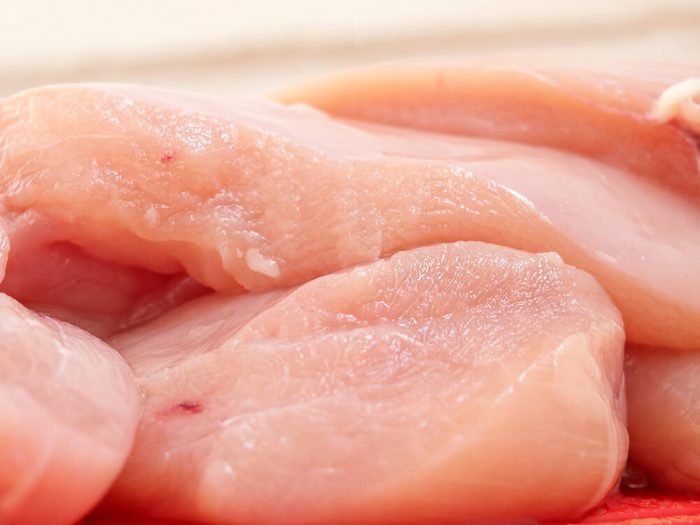
Protein
Protein is a staple of your Whole30 shopping list because of its ability to keep you satiated for long periods of time, advises Khan. Because you’re severely cutting back on carbs, your body’s primary energy source, lean sources of protein are essential to keep your energy up. The plan creators recommend eating organic, pastured, and grass-fed meat like poultry, beef, and pork and wild-caught seafood, and avoiding processed meats. Eggs are also a good option. Read more about what Whole30 is all about.
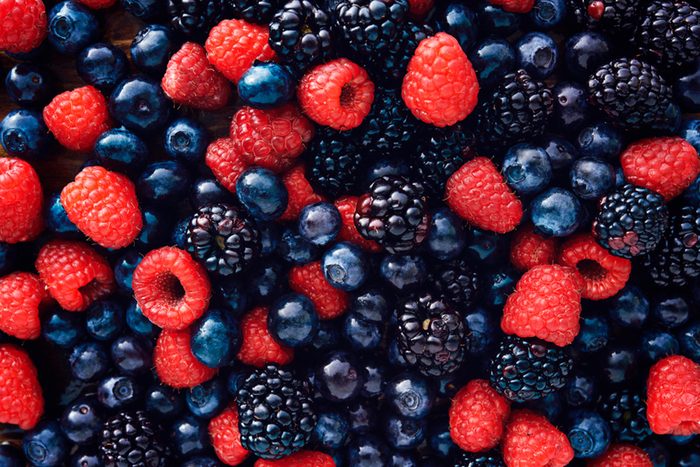
Produce
Most diets emphasize fruits and veggies, and the Whole30 is no exception. In fact, it’s easier to list what’s not allowed on the plan than what is. Corn, peas, and lima beans are off-limits, but anything else in the produce aisle—including any kind of fruit—is fine. That includes starches like potatoes and sweet potatoes, although the plan encourages you to eat all produce in its most natural and least processed state (e.g., baked potatoes over fries or chips). Also, while legumes are considered no-nos, green beans, sugar snap peas, and snow peas are allowed. Find out everything you can—and can’t—eat on Whole30.
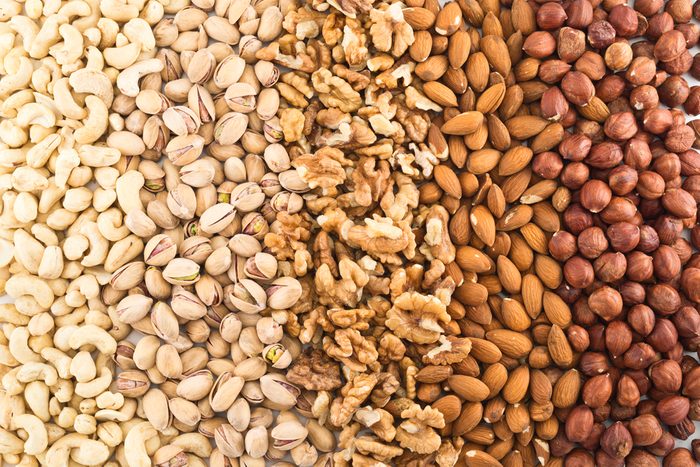
Fats
You may find it surprising that fats make up a large part of this diet plan—this detail has contributed to some of the controversy surrounding Whole30. While research has shown that healthy fats—especially the monounsaturated kind found in foods like avocados and nuts—can be good for weight loss because of their satiating effects, there is still some debate about other fats and in what amounts they can be safely consumed, says Khan. The Whole30 shopping list includes not only plant-based fats such as extra-virgin olive oil, olives, avocado, and nuts and seeds, but also duck, beef, and pork fat (aka lard). Coconut products, which are also notoriously high in saturated fat, are permitted, too. And while dairy is nixed, ghee and clarified butter are allowed. Try these 21 Whole30 snacks you’ll actually want to eat.
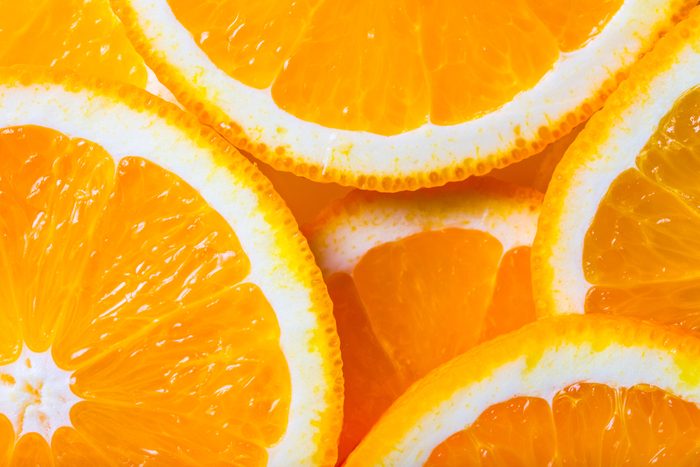
Sweeteners
Sugar has landed on the do-not-eat list of many diet plans in recent years as research continues to expose how detrimental it is to our diets, says Khan. There’s also evidence that sugar substitutes are not much better. So even critics of this diet plan can get behind the fact that the Whole30 shopping list excludes sweeteners, whether they’re real or artificial. But be aware of what that means—even plant-derived sweeteners such as maple syrup and agave are off-limits. And while other coconut products are included, coconut sugar is not. In fact, the only form of sweetener permitted on the Whole30 is natural fruit juice.
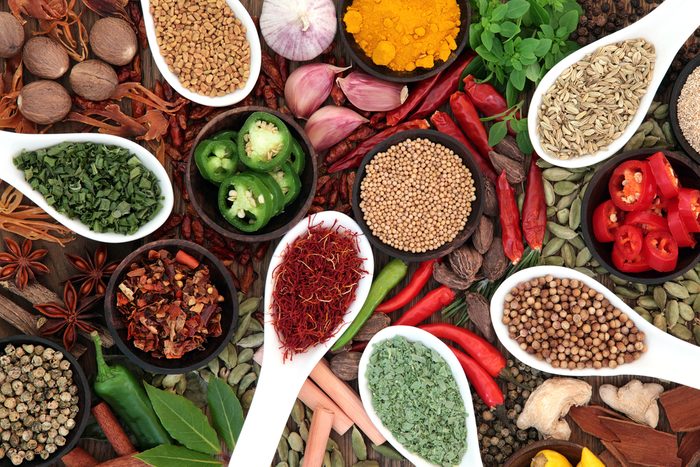
Seasonings
The lack of refined sugar doesn’t mean you’re doomed to spend 30 days eating bland food. The Whole30 shopping list is big on flavorful ingredients. Fresh and ground herbs and spices are permitted, says Kanh, as are all types of vinegar, salt, hot sauce, and mustard. That’s more than enough to season your lean protein and vegetables. Even the Asian condiment fish sauce is OK to toss in your grocery cart. Not a morning person? These 15 Whole30 breakfast recipes will make you want to get up early.
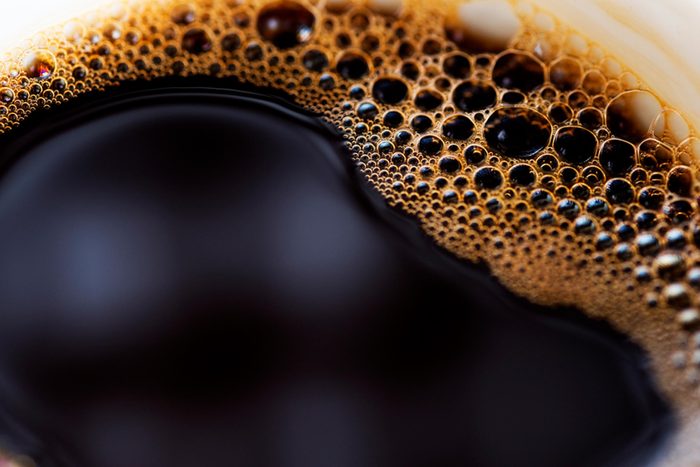
Drinks
The plan cuts out alcohol, which is pretty typical with diets since booze tends to add empty calories and make you more likely to indulge in junk food, advises Khan. But that doesn’t mean you must subsist on water alone for 30 days. Coffee—black—is fine, as are any kind of unsweetened teas. Sparkling water, fruit, and vegetable juice (without added sugars, of course), and kombucha are all approved thirst quenchers; so is coconut water. Now check out how these real people lost weight on the Whole30 and changed their lives.
